Intent. I am doing the masters programme in order to learn, develop my photography, and start to build a more coherent, informed and engaging body of work. My initial interest was the visual exploration of the relationship between the natural and the human in marginal urban places, leading to two series of images: Newcastle Beach Ocean Pool and Roding Valley Park.
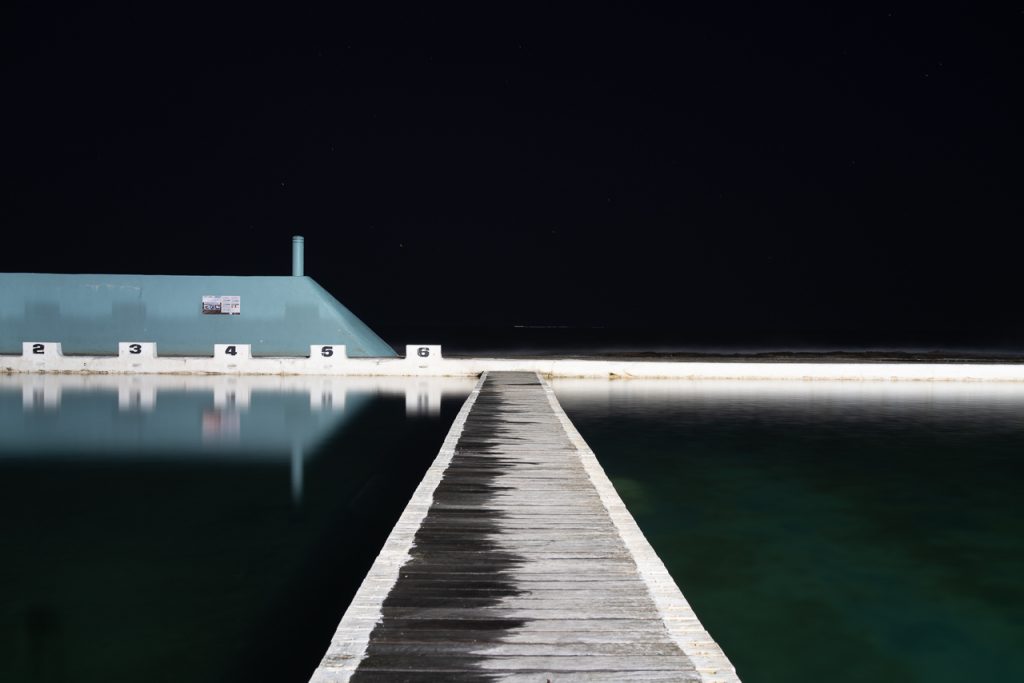

Whilst doing this work over the course of the first module, I became increasingly interested in the impact of urban regeneration, and in particular understanding and facilitating community engagement and benefit from the rapid changes taking place in east London. This gave rise to three series of images focusing respectively on urban regeneration in Hackney Wick, Ilford and Barking.
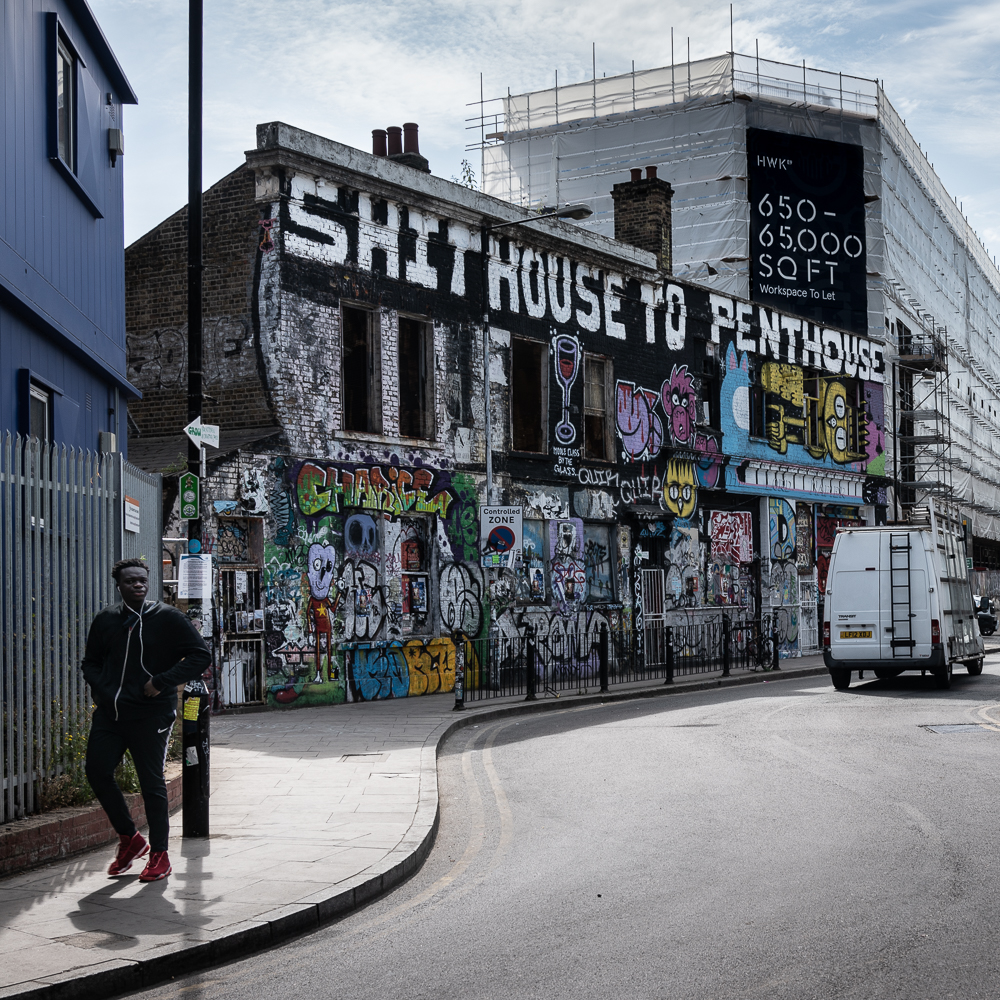
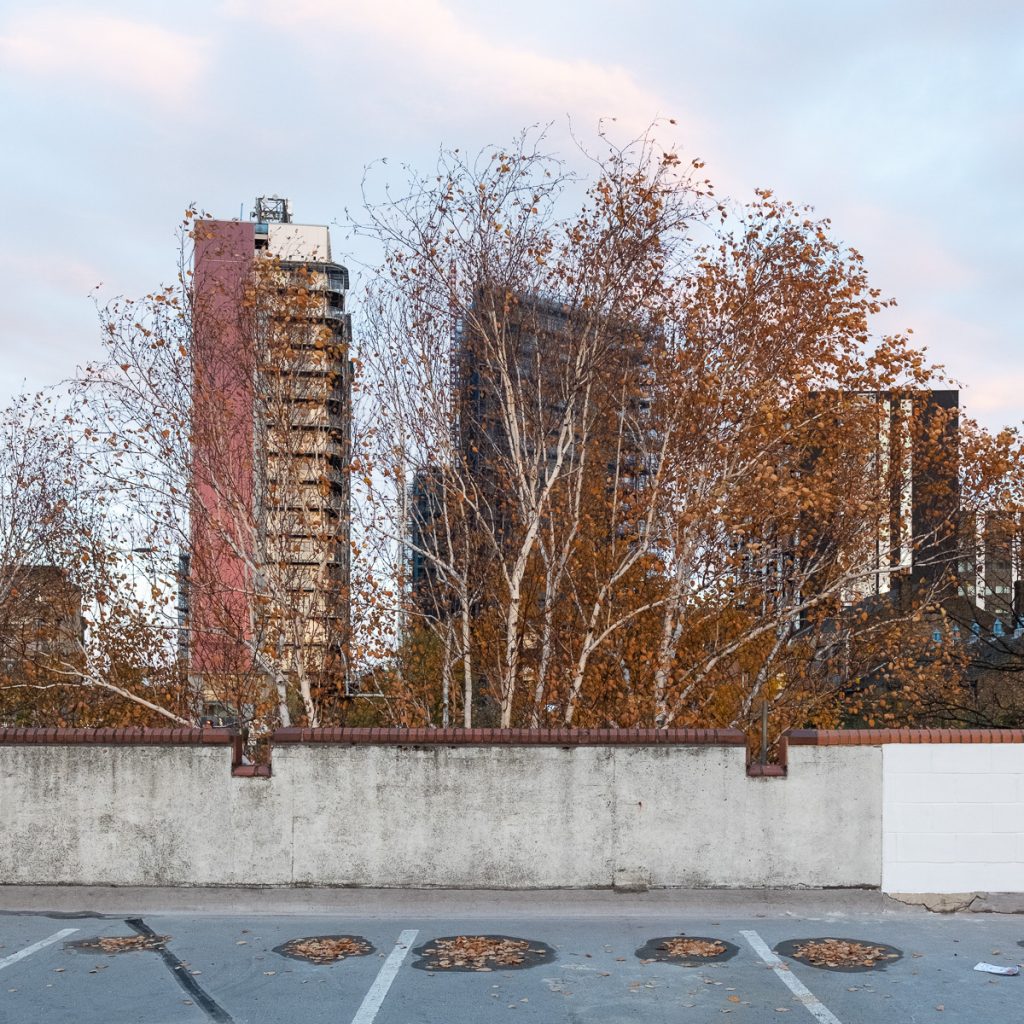

A related set of concerns also emerged, around the privatisation of land, social infrastructure, and restrictions on access to, and use of, spaces and places for the public. Research into the three artists for this activity, alongside image making around the Barking Riverside development, have given rise to a concern for more fundamental environmental issues relating to the impact of urban development, which will be the focus for my work for this module.
Choices. For my project, I have proposed three levels of image making: (i) images made by residents as a way of exploring their lived experience and aspirations; (ii) collaborative image making with resident and community groups for influence, advocacy and change; (iii) my own artistic response to the impact of urban regeneration and the possibility of positive change for residents and communities. Over the course of this module, I plan to advance all three aspects of my practice, but will focus particularly on third (my own artistic work) for this and subsequent activities. In this area I want to be able to continue to experiment with forms of image making and dissemination, and explore how this relates to other modes and media (text, sound, video, artefacts). In carrying out research on the three photographic artists chosen for this activity, I have raised questions about my own practice and considered areas for development: see my more detailed posts on Hiroshi Sugimoto, Fay Godwin and Naoya Hatakeyama.
Godwin’s work has most clearly influenced my own. Despite focusing on urban rather than rural settings, and working digitally in colour rather than in monochrome on film, my mode of working and forms of image are similar. I walk through and explore the landscape, and take photographs in the landscape rather than of the landscape. My images tend to concentrate on the meeting of the natural with traces of human activity, and have increasingly highlighted the privatisation of land and issues of access and surveillance.
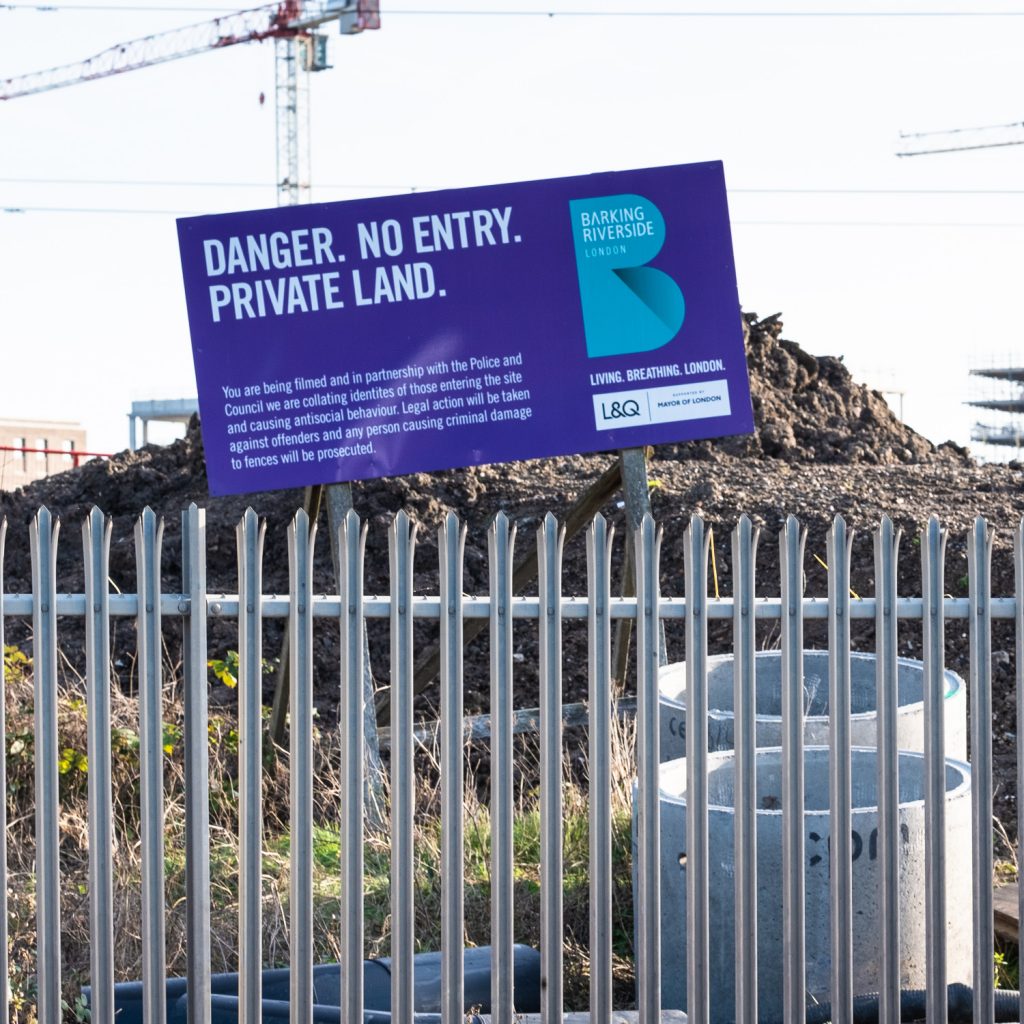
Others have commented that these tend towards the deadpan aesthetic of the New Topographics. I want to explore my relationship with Godwin’s work further by making some images in the urban settings I am exploring using monochrome film and square format, to get an embodied sense of what is entailed in this way of working and how this impacts on the forms images produced. On the campaigning side, I am continuing to explore the increasing privatisation of urban spaces and the restrictions placed on public activities (including making photographs – Godwin became particularly concerned about the restrictions imposed on photographers by the National Trust, and what she saw as the increasing regulation and control of our heritage).
My engagement with Japanese photographers Sugimoto and Hatakeyama is more recent and developmental. In both cases, I have attempted to understand and position their work in relation to contemporary theory, for instance post-humanism, as well as understanding the theoretical, cultural and visual influences that have shaped their work (particularly interesting as Sugimoto trained and has worked mostly in the US and Hatakeyama trained and has worked mostly in Japan). Both address issues relating to time, history and the future. Hatakeyama’s work is most closely related to my own, and I am interested in developing the idea of excavation and the relationship between extraction and urban development, rising above and sinking below the landscape and projection into the construction of the future. Also, the question of the differences between stopping time (through the act of photographing) in the processes of destruction and construction (the photograph by necessity strips away any direct sense of temporal directionality in creation/destruction; in Hatakeyama’s work, each is dependent on the other). From an analysis of the work of both artists, I have much to learn about how to establish coherence within and between series of photographs, and ways of achieving conceptual clarity.
All three artists combine text and images, but in different ways. In all cases, text and image are not intended to explain or embellish each other, but to achieve different things (and therefore to supplement and enrich each other in the achievement of the objectives of the projects). Unsurprisingly, given earlier posts (here and here), none of these artists make any claim to storytelling or the construction of narratives. Godwin’s work was initially geographically organised, and latterly according to social and political themes relating to the land (disseminated predominantly in books). Sugimoto’s and Hatakeyama’s work is organised as distinct parallel and successive series, some open ended, which are disseminated predominantly through exhibitions and the gallery system, with some photobooks. Hatekeyama notes that his first solo exhibition looked like a group show, and has stated that creating a distinctive visual vocabulary is key objective in his practice.
Strengths and limitations. I have produced a number of images that I am happy with visually and technically (see examples and links to series above), and have explored different ways of presenting these, for instance as grids, in triptych form and as a sequence with text (see below).

Each series has had a clear core theme, but the work to date has lacked a distinct conceptual basis, and therefore the growing body of work lacks coherence and a clear sense of visual, methodological or theoretical identity. Each of the three artists I have explored have achieved this sense of coherence and identity in different ways. Godwin works by walking through the rural landscape seeking images where signs of human activity are overlaid on the natural landscape creating a dialogue, and sometimes tension, between the natural and the human. This engagement with the landscape became increasingly political, and the organisation of images centred around themes like agribusiness, habitation, ownership and heritage. Each of the series produced by Sugimoto has a strong rationale, visual style and conceptual base (see earlier discussion). The series do not relate directly to each other (though all are produced with a large format camera and images are presented as large monochrome prints). Each series is related back to an evolving artistic vision, which includes work in other disciplines (for instance, architecture). In Hatakeyama’s work there is a clearer conceptual link between series, around the synergies and inter-dependencies of (destructive) extraction in rural areas and (constructive) urban development. This has been extended in his most recent work which focuses on the rebuilding of a city after natural disaster. In his writing, he is able to relate his work to current and antecedent movements in the visual arts, and chart the development of the work through his journals. Both Sugimoto and Hatakeyama are interested in the foundations of photography, and produce work that is related, in different ways, to the work of the pioneers of nineteenth century photography.
Over the previous module I have produced a range of types of images, and, in particular, have wanted to develop a greater personal engagement, for instance through portraits.
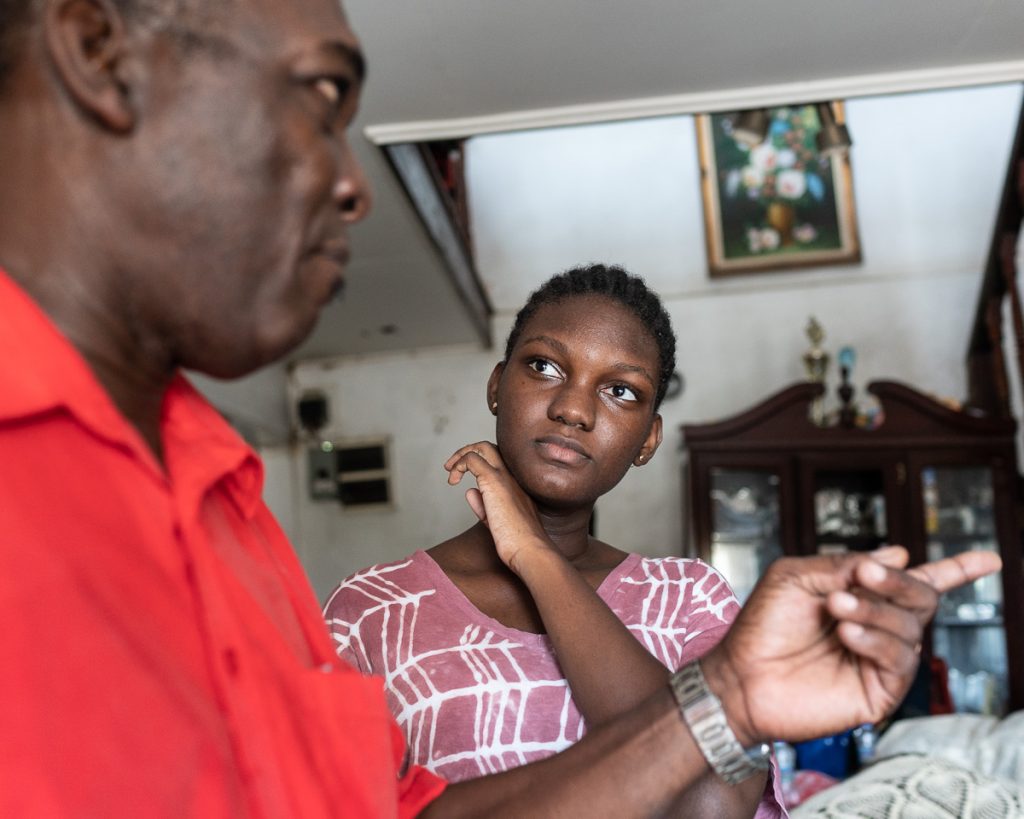
Whilst I have been satisfied by the images, I have found it difficult to integrate these with the major body of my work.
Plans. Over the course of this module I want to develop a stronger conceptual base for my image making, and be able to position my work more effectively in relation to other traditions and approaches. I am familiar with contemporary theory in the social sciences and humanities (and have, some years ago, taught social semiotics) but need to develop my knowledge in the visual arts. I am currently exploring Flusser’s work on photography (2011, 2000) and also his writing on the city (2005) and the notion of ‘home’, which relates closely to my interests (for instance, in addressing feelings and experiences of displacement in regeneration). I can build a theoretical and methodological bridge between different levels of image making in my project by drawing on Abbott’s (2007) critique of narrative and his argument for the development of a lyrical approach to social research, and Sinha and Back’s (2014) approach to engaging participants as co-creators in the research process (which includes the use of photography). At the heart of this is further cultivation of links with community groups and projects over the coming months to lay the foundations for my FMP, and a programme of image making which will feed into my work-in-progress portfolio. I have learnt from the previous module that, with a tight timescale, it is important to have a relatively narrow focus for the production of images for the module work-in-progress portfolio. For that reason, I plan to focus on the environmental, rather than the social, aspects of my project, and to take the opportunity to experiment with forms of image making and presentation whilst developing greater conceptual clarity and theoretical sophistication. I am also working on a project relating to physical and intellectual engagement with artifacts in museums, galleries and archives.
References
Abbott, A. 2007. ‘Against Narrative: A Preface to Lyrical Sociology’. Sociological Theory 25 (1): 67-99.
Flusser, V. 2011. The Gesture of Photographing. Translation and Introduction by Nancy Ann Roth. Journal of Visual Culture. SAGE Publications, 10(3): 279–293.
Flusser, V. 2005. ‘The City as Wave Trough in the Image Flood’, Critical Inquiry 31(2): 320–328.
Flusser, V. 2000. Towards a philosophy of photography. London: Reaktion.
Sinha, S. & Back, L. 2014. ‘Making methods sociable: dialogue, ethics and authorship in qualitative research’. Qualitative Research 14(4): 473–487.
Resources
Drabble, M. 2011. ‘Fay Godwin at the National Media Museum’. The Guardian. 8th January [online]. Available at: https://www.theguardian.com/artanddesign/2011/jan/08/margaret-drabble-fay-godwin [accessed 30.12.18].
Fowles, J. 1985. ‘Essay’. In F. Godwin, Land, London: Heinemann: ix-xx.
Godwin, F. 1985. Land. London: Heinemann.
Godwin, F. 1990. Our Forbidden Land. London: Jonathan Cape.
Godwin, F. & R. Ingrams. 1980. Romney Marsh and the Royal Military Canal. London: Wildwood House.
Jeffrey, I. 1985. ‘Introduction’. In F. Godwin, Land. London: Heinemann: xxiii-xxix.
Jeffrey, I. 2005. ‘Fay Godwin: Photographic chronicler of our changing natural world’. The Guardian. 31st May [online]. Available at: https://www.theguardian.com/news/2005/may/31/guardianobituaries.artsobituaries [accessed 30.12.18].
National Media Museum, Bradford. 2011. Fay Godwin: Land Revisited. Exhibition. 15 October 2010 – 27 March 2011 [online]. Available at: https://www.scienceandmediamuseum.org.uk/what-was-on/fay-godwin-land-revisited [accessed 30.12.18].
Sillitoe, A. & F. Godwin. 1983. The Saxon Shore Way: From Gravesend to Rye. London: Hutchinson.
South Bank Show. 1986. Fay Godwin. Season 10, Episode 6, 9th November [film]. Available at: https://youtu.be/4JE8I44Ak7o [accessed 30.12.18].
Fujii, Y. n.d. ‘Naoya Hatakeyama’. Ocula [online]. Available at: https://ocula.com/artists/naoya-hatakeyama [accessed 04/01/19].
Hatakeyama, N. 2018. ‘The Photographer and Architecture’. In Y. Nakamori, Naoya Hatakeyama: Excavating the Future City. New York: Aperture:259-266.
Hutchison, R. 2015. ‘A Conversation with Photographer Naoya Hatakeyama’. Interview, 24th September 2010 at Taka Ishii Gallery, Kiyosumi, Tokyo [online]. Available at: http://robhutcharch.com/blog/2015/1/31/a-conversation-with-photographer-naoya-hatakeyama [accessed 04/01/19].
McLaren, S. & B. Formhals. 2014. Photographers’ Sketchbooks. London: Thames & Hudson: 118-125.
Nakamori, Y. 2018. Naoya Hatakeyama: Excavating the Future City. New York: Aperture.
Searle, A. 2014. ‘Hiroshi Sugimoto: art for the end of the world’. The Guardian, 16th May [online]. Available at: https://www.theguardian.com/artanddesign/2014/may/16/hiroshi-sugimoto-aujordhui-palais-de-tokyo-paris-exhibition [accessed 30/12/18].
Molinari, L. 2015. ‘Space: timeless architecture’. In Hiroshi Sugimoto, Stop Time. Milan: Skira, 22-40.
Nakamura, Y. 2012. Memories of Origin: Hiroshi Sugimoto. [Film]. Available at: https://youtu.be/NhZJF4IPXcw [accessed 30.12.18].
Sugimoto, H. 2011. Becoming an Artist. Art21, Episode 141. [Film]. Available at: https://youtu.be/JCsbxVCdDtA [accessed 30.12.18].
Sugimoto,H. 2015. Stop Time. Milan: Skira.
Sugimoto, H. 2018a. Between Sea and Sky. Interviewed by Haruko Hoyle at Enoura Observatory in Odawara, Japan, June 2018. [Film]. Louisiana Channel, Louisiana Museum of Modern Art. Available at: https://youtu.be/JWh4t67e5GM [accessed 30.12.18].
Sugimoto, H. 2018b. Advice for the Young. Interviewed by Haruko Hoyle at Enoura Observatory in Odawara, Japan, June 2018. [Film]. Louisiana Channel, Louisiana Museum of Modern Art. Available at: https://youtu.be/TvO2WL-jGac [accessed 30.12.18].
